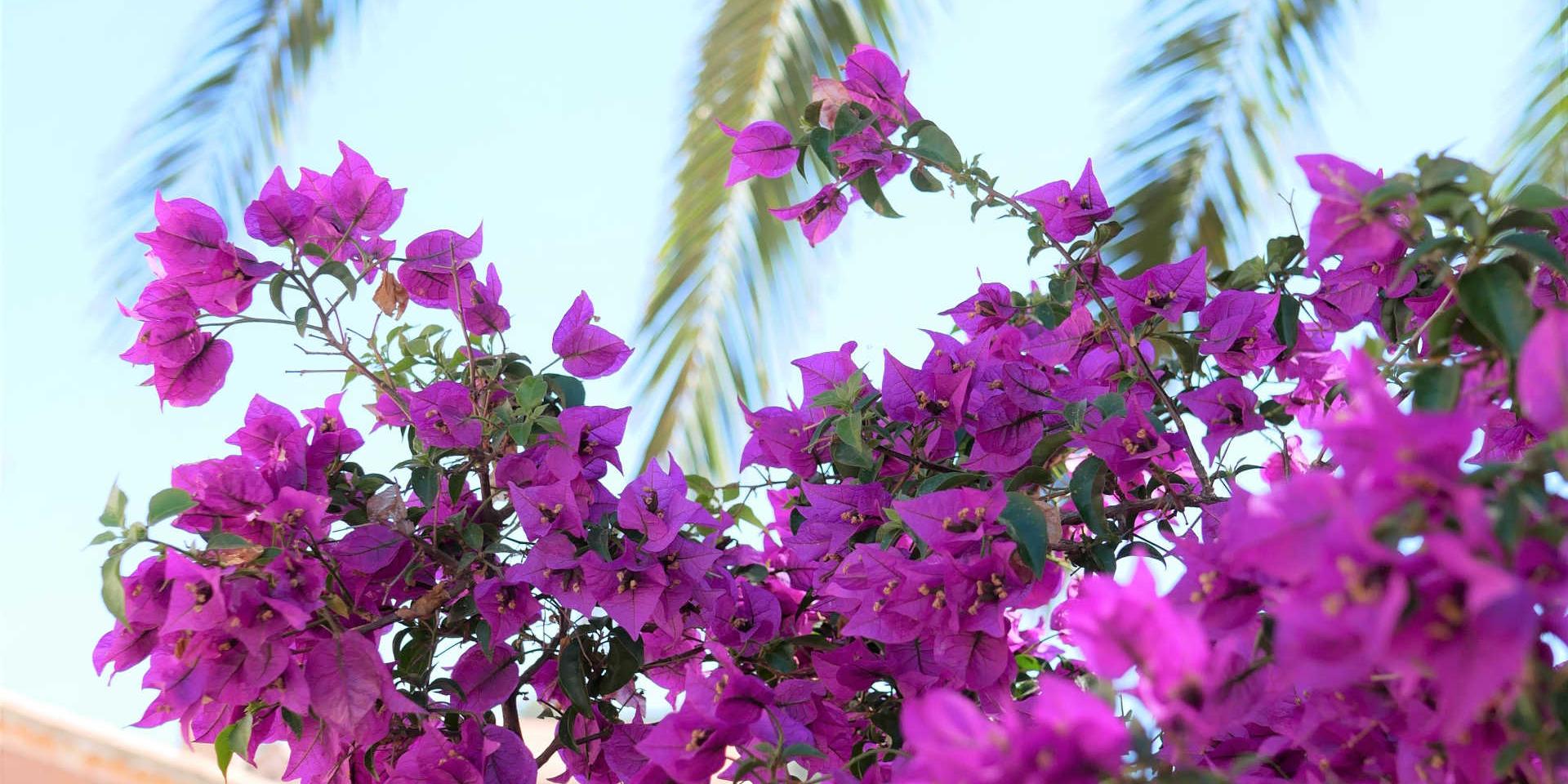Blue
Nature, dye and paint
From azure skies to indigo, blue is the flagship colour of Provence-Alpes-Côte d’Azur. As the name implies, you’ll find it lining the shores of the Côte d’Azur and Côte Bleue. The former, stretching from Toulon to Nice, needs no introductions: it embodies the beauty of the Mediterranean coast. Head down into the wild coves lining the Estérel hills, climb back up to Cape Dramont to admire the Big Blue panning out to the horizon, or stretch out and bask in the sunshine on the expansive beaches of the Bay of Angels in Nice. On your way down, stop off to pose on the iconic blue deckchairs lined up on the Promenade des Anglais. The best way to explore the Côte Bleue coast is to venture onto the coastal footpath or hop on a regional express train (TER). With your gaze fixed on the water, let your feet or the rails guide you from cove to cove and port to port, from Niolon to Sausset-les-Pins. Blue can also be that of indigo, the dye originating from Asia that today lends its colour to the jackets of Marseille’s dockers. It was used to tint the cotton yarn used to make twill fabric from Nîmes, the birthplace of denim. Still keeping up? Good, because the odyssey of blue in Provence-Alpes-Côte d’Azur doesn’t stop there. You’ll find it at the region’s art museums too: at the MAMAC – the Modern and Contemporary Art Museum – in Nice, where a permanent show is dedicated to Nice-born artist Yves Klein, master of the colour blue and father of its official shade called International Klein Blue. Last but not least, let’s not forget Provence-Alpes-Côte d’Azur’s much-loved sky blue: that of the Olympique de Marseille football shirt, which lights up the city’s streets, bars and Vieux-Port (Old Port) every time the team is playing.





















